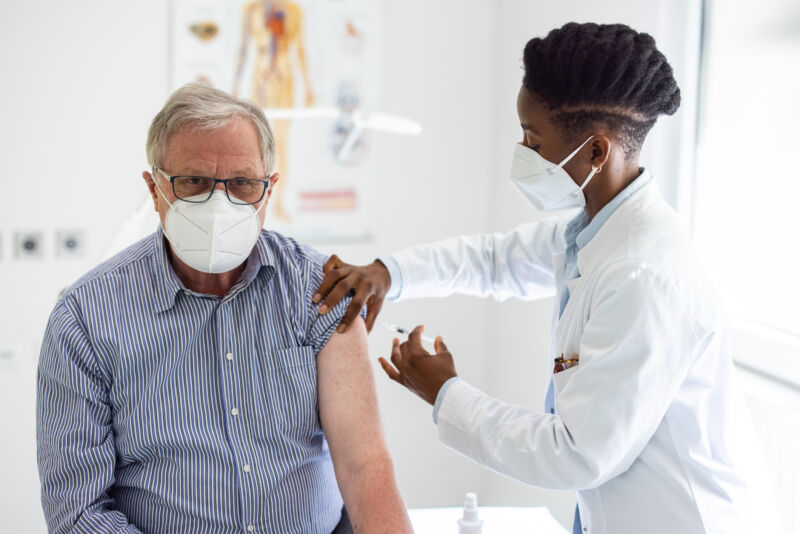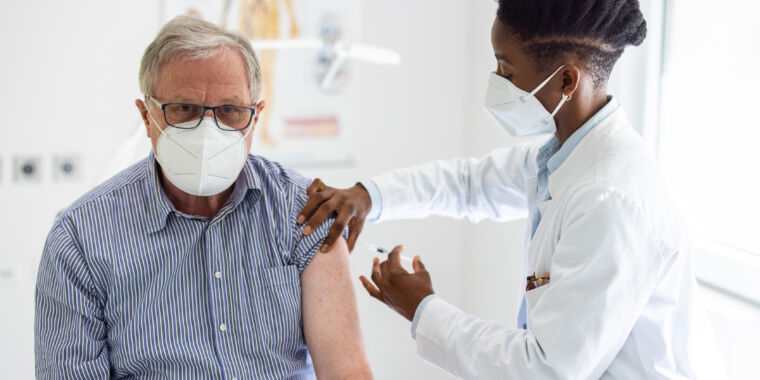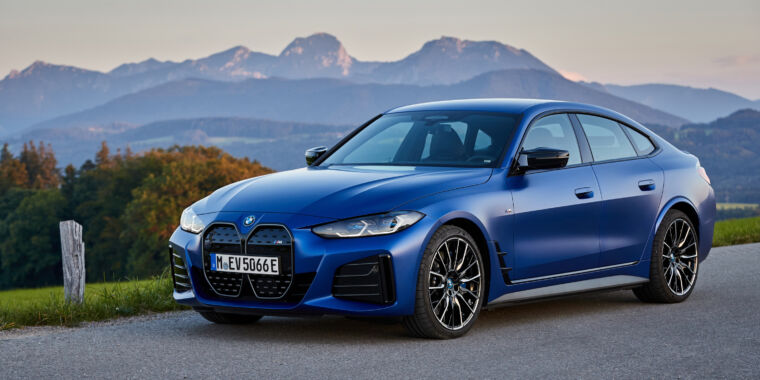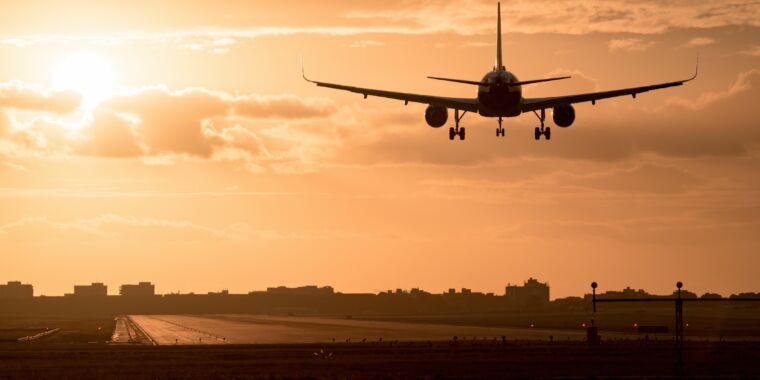
COVID vaccines remain the safest way to reduce the chance that SARS-CoV-2 can put you in the hospital and are a critical component of the public health campaign against the pandemic. Yet, in the US, there has been lots of controversy and outright anger about attempts to expand vaccine use, and a substantial portion of the population appears to be avoiding the shots for political reasons.
The extreme polarization of US politics hasn’t gone away, and the controversy seems fresh in some politicians’ minds, so it’s easy to expect that vaccine hesitancy isn’t going away. But an international survey on COVID vaccine attitudes suggests that the US has seen a large boost in COVID vaccine acceptance and now has attitudes similar to other Westernized democracies. Elsewhere in the world, the survey reveals clear regional patterns in vaccine acceptance, although there are oddities everywhere.
Becoming typical
The survey started in 2020 as a series of questions about whether people intended to get vaccines once they became available. In the intervening years, the people performing the survey have added several nations (now up to 23) and shifted the questions to account for the availability of vaccines, addition of boosters, and development of treatments for COVID-19. In all 23 countries, the survey involved a pool of 1,000 participants who were generally reflective of the country’s population.
The survey focuses on what it calls vaccine hesitancy, which it defines as not having gotten a dose if it’s available or don’t intend to get one once it is. Questions about the boosters took the same form but were specific to those who have already had vaccines.
Overall, the news is good. Globally, the average vaccine hesitancy has dropped in each survey edition and is now just over 20 percent. That’s right about where the US now finds itself, with just under 20 percent indicating they have not received a first shot. (That appears to be similar to the percentage having had at least one shot, calculated from CDC data.)
That also makes the US fairly typical of its peer group of Westernized democracies, which tend to be in the 15–20 percent vaccine-hesitancy range. Spain is on the low side, at 10 percent hesitancy, but rates rise as you move east across Europe, with Sweden and Germany above 20 percent. Poland has the highest rate of hesitancy among European democracies, at 36 percent, perhaps influenced by neighboring Russia, where hesitancy nears 40 percent. The US is now typical among this group primarily due to a rise of about 20 percent in people having reported getting vaccinated over the last year alone.
There’s no clear pattern when it comes to boosters. France, where vaccine hesitancy was under 20 percent, saw booster hesitancy of over 25 percent, and Germany saw booster hesitancy of only 11 percent. So, while local factors seem to matter most here, it’s clear that we can’t expect that any messaging that worked for vaccines will automatically carry over to boosters.
Spanning the globe
The rest of the globe is sparsely represented by comparison, and the countries included mostly highlight the exceptions. For example, South American countries (Brazil, Ecuador, and Peru) tended to have vaccine hesitancy of about 10 percent, while just north of there in Mexico, hesitancy was more than double at over 26 percent. Acceptance in East and South Asia was very high (from 11 percent hesitancy in South Korea to under 2 percent in India), whereas it was much lower in African countries, where the best results, in Nigeria, were nearly 30 percent hesitancy.
Notably, South Africa saw a 20 percent drop in vaccine acceptance—the largest in the survey—and over half of its population now expresses vaccine hesitancy. South Korea is also unusual, in that, despite its high level of vaccine acceptance, 27 percent of the participants there report being hesitant about boosters, which is second only to Russia.
It’s important to note that, for many of the countries with lower GDPs, people are still answering the question without really having the option of getting vaccinated. More equitable vaccine access may allow more people in these countries to get vaccinated despite their hesitancy. Elsewhere, other research has identified vaccine misinformation, lower education levels, and mistrust of science and government as factors driving hesitancy.
Medical education appears to be especially effective at driving vaccine acceptance, with only 4.6 percent of those employed as health care workers expressing hesitancy—a number that’s still falling.
Another thing that’s trending upward with familiarity is the willingness of parents to have their children vaccinated. Globally, that rose slightly and is now at roughly 70 percent.








